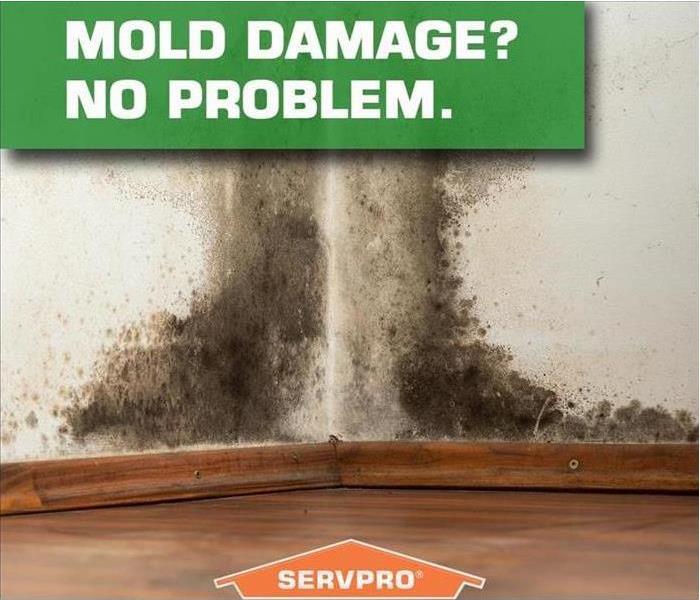Summer Means Mold Growth - where to look for mold
7/13/2017 (Permalink)
Summer is the season of mold growth because of the higher level of moisture and humidity in the environment. The unhygienic or dirty surroundings in home further accelerate mold growth. Mold in your homes damage floors and walls and produce unpleasant odors. In addition, it becomes the source of bringing a number of health problems for you and your family. The first thing to get rid of mold in your home is to know the most common areas where mold grows. Once you know where to look for mold in your homes in summer, you can better adopt preventive measures.
The most common mold growth areas
Though mold can be found anywhere in your home having hot and damp environment on a constant basis, yet the most common areas are:
- Basements
Most of the basements are sub terrain because of their foundation function for home; however, these basements have the most favorable mold growth conditions, including long term damp environment that usually remains humid and doesn’t get satisfactory air circulation. If you are residing in the areas faced with frequent floods, the water can easily seep through small cracks in foundation or enters the basement’s doorway. The trapped moisture increases humidity after being evaporated and creates a favorable place for mold to grow.
- Bathrooms and Showers
Bathroom is the most humid areas in homes with high degree of moisture due to frequent use of water. Since moisture becomes the constant element of the environment, bathrooms may not have any chance ever to get optimum humidity level. In addition, hot baths also make your bathrooms vulnerable to mold. Bathrooms are usually devoid of adequate ventilation, lingering humidity, which becomes an ideal place for mold growth.
- Attics
Inadequate ventilation leads to many issues in attics. Poor insulation installation raises low levels of moisture in home, which get trapped in attic. In addition, plumbing vents, dryer vents, kitchen and bathroom fans vented to attics continuously pump hot moist air into congested space. Installation of water furnaces or heaters in the attic is being widely seen in many large homes. If leaks are not identified and treated on time, or if the appliances are not properly installed, the risk of higher moisture level or line break increases significantly.
- Crawl Spaces
Crawl spaces usually have higher degree of relative humidity that is favorable to hidden mold to grow, especially if these spaces have a bare earth floor. The soil absorbs and traps moisture. The relative temperature of these spaces make the soil dry through evaporation, adding the moisture into an air in the crawl spaces, which eventually cause mold growth. Moreover, in areas having high water table and suitable weather conditions, ground water may easily penetrate into crawl spaces.
The Quick Remedies to Prevent Mold Growth in Vulnerable Areas in Homes
Here are some important tips to prevent homes from becoming an ideal place for mold growth.
- Controlling moisture level in your homes is the most important measure to stop mold growth. Any areas that are wet or damp, must be dried within 48 hours.
- Check the condensation and wet locations. Identify and repair moisture sources on immediate basis.
- Make efforts to maintain low humidity in your home; 60 percent RH maximum or below. Usually 30 to 50 percent RH is considered ideal. Try to maintain this level.
- Keep your HVAC drip pans completely clean and flowing unobstructed.
- Vent your moisture producing appliances and equipment, like dryers, to the outside.
If you are following many of these tips and still facing high mold growth, or if you are new to home repairs, you can consult Long Island's top mold remediation specialists at SERVPRO of East Meadow / Westbury for mold detection and removal.




 24/7 Emergency Service
24/7 Emergency Service
